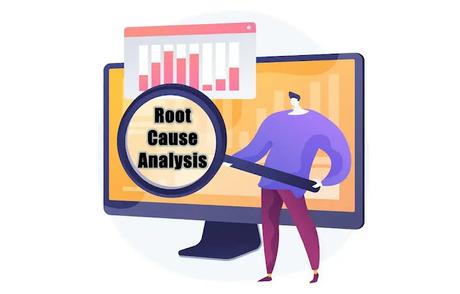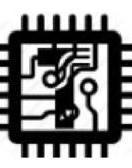So what steps do you need to take to practice a more effective root cause analysis?
Improve Network Observability
First, you’ll need to think about network observability and monitoring. Network observability is “the ability to easily identify and answer questions about your network in real-time, and then use that information to make informed decisions to manage and optimize network resources and assets.” In other words, the higher your network observability is, the more transparent and accessible your IT infrastructure is. Highly observable IT infrastructure is much easier to analyze, facilitating faster troubleshooting; if you can pinpoint bottlenecks with greater precision, you can better understand and eventually resolve them. The other side of this equation is monitoring, the practice of actively utilizing your network observability. While some monitoring can be automated, it pays to have teams in place to actively monitor your systems so they can flag issues and take action quicker.
The other side of this equation is monitoring, the practice of actively utilizing your network observability. While some monitoring can be automated, it pays to have teams in place to actively monitor your systems so they can flag issues and take action quicker.Understand and Document Possible Root Causes
A root cause analysis is much easier to perform if you already understand the potential root causes most likely to influence issues. In the IT world, the most common root causes can be collected into three different categories:· Physical. Physical root causes are things like power outages, natural disasters, or equipment failures that lead to technological issues. Once these are identified, they're relatively simple to address, though they might be expensive or time consuming to address. For example, if an equipment failure has led to major service disruptions, replacing that piece of equipment could be all it takes to restore things back to order.
· Human. Some root causes are human in nature. If someone implements an unapproved change, or if they make a critical mistake, it could be disastrous for your entire technology stack. Unfortunately, human causes are quite common; while there are ways to mitigate the risks of human error, there's no way to eliminate the possibility of human error from the equation.
· Organizational. Sometimes, the root cause is organizational in nature. Problems can arise from inefficient or ineffective policies and procedures.
Create a Clear, Repeatable Process for Root Cause Analysis
Next, work on creating a clear, repeatable process that everyone in your IT department can follow for effective root cause analysis. Your process can be totally unique, but this simple procedure can serve as an excellent starter template:1. Define the problem. Step one is to accurately define the problem. Once you have an idea of what the incident is and why it's problematic, you'll be in a much better position to research its root causes and eventually address it.
2. Gather data. Next, you'll need to gather data. Depending on the situation, this could be the most time-consuming part of the process. Whoever takes point here will need to examine many different variables to better understand the situation.
3. Identify factors. Once you've done some research, you can begin identifying factors that could have contributed to this situation. Particularly complex problems are associated with many different influential factors.
4. Determine the root cause. From among these factors, you can isolate the root cause of the problem. There may be multiple root causes.
5. Address the problem. Once you've isolated the root cause, you can work to address it. That means taking action to undo the damage in the immediate term, while also implementing measures to prevent this from happening in the future.
Follow the “Whys”
Young children often like to ask “why” – and no answer is ever good enough. They keep asking “why,” digging deeper into the details with each successive ask. For example, they may ask why their dinner is hot; you may explain that the dinner was recently in the oven. Then they'll ask why the oven was hot. Your root cause analysis should follow this same, childlike inquisitive procedure. Ask yourself why this problem occurred, and then ask why that influential factor occurred. Keep following the whys until you have a firm understanding of the root causes of this problem.Start With Recent Changes
You can also make your root cause analysis faster by starting with an analysis of any recent changes. If things have historically operated smoothly, but they came grinding to a halt after a recent change, something with the recent change is likely the culprit.Root cause analysis is easy to understand in principle, but it can be tricky to efficiently implement. With these strategies, you can resolve these problems much faster, expending fewer resources in the process.

